Electricity is a serious and dangerous business, but many works do not require high qualification and can be done by yourself without the involvement of specialists. For example, it is possible to connect an electric stove with only a remote idea of electricity. Especially if the outlet is already mounted. All that remains is to install a plug on the cord and correctly connect it to the connectors of the stove. Worse is the case if it is necessary to pull the line from the panel, but even here you can cope without help. Just remember that all work is done when the power supply is disconnected.
Obsah článku
Scheme and methods of connection
Electric household stoves – powerful equipment, their current consumption is about 40-50 A. This means that the electric stove must be connected to a dedicated power line. It must be powered directly from the apartment or house switchboard. Power is supplied through an RCD and a circuit breaker. The stove itself can be connected through a socket and plug (special power), terminal box. Also, the line from the automatic machine can be directly led to the input terminals on the back wall.
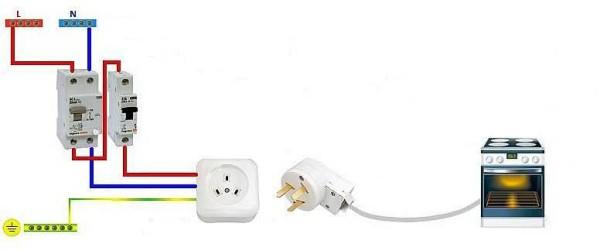
A more reliable connection – directly to the input terminals of the stove. In this case, there is a minimum number of contact points, which increases reliability. But this method is not quite convenient: the power supply can only be disconnected by a machine. Approximately the same problem when using a terminal box, the only difference is that there are more connection points.
Most often use a connection using a socket and a plug. This is more convenient and familiar. Since the equipment is powerful, do not use ordinary household devices, but special ones, which are also called power – for their ability to withstand significant current loads.
Note that when connecting powerful electrical equipment is mandatory grounding. Without it you will be denied warranty repair, and its absence is dangerous to life, so it is better not to risk.
Electrical parameters and ratings of automatic protection devices
As we found out, in the electrical panel should stand separate RCD and automatic circuit breaker. Through them, the phase is supplied to the socket. This pair can be replaced by a difautomate. These are the same two devices, but in one housing. Minus is taken from the common bus, passes through the RCD, grounding is taken from the corresponding bus.
Na stránkáchrating of the automatic circuit breaker is selected according to the maximum current consumption. These data are in the passport of the electric stove and are usually in the range of 40-50 A. In this range, the ratings go in large increments – 40 A, 50 A, 63 A. It is better to choose the nearest larger – so there is less chance of false shutdown when working at full power. That is, if the stated maximum current consumption of 42-43 A, still take the automatic machine for 50 A.
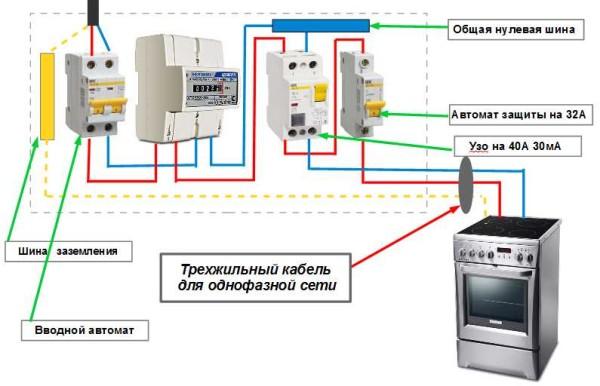
On the other hand, fully all burners and oven, and even at full power, and may never turn on, and more powerful automatic machines cost a lot more. It’s up to you to choose.
Rated RCD take a step higher than the automatic. If you decide to put a circuit breaker for 50 A, then the RCD is required for 63 A, leakage current – 30 mA.
Wire and its parameters
In recent years, when laying wiring and connecting household appliances, copper conductors are most often used. Although they are much more expensive, but it is more convenient to work with them, in addition, copper requires a diameter of cores much smaller than when using aluminum conductors.
Choose the cross-section of conductors depending on the type of network – 220 V or 380 V, the type of wiring (open / closed) as well as from the current consumption or power of equipment. Usually use copper conductors with a core of 4 mm (for line length up to 12 m) or 6 mm.
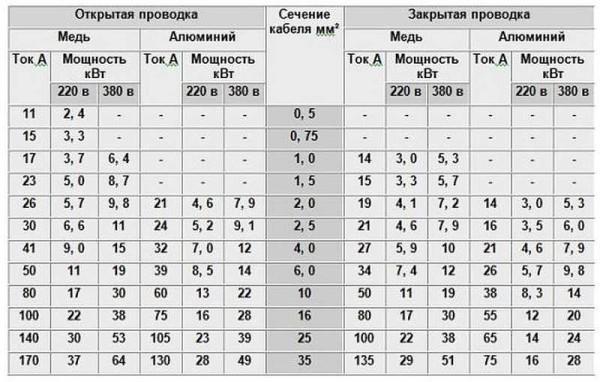
When choosing the type of cable for laying from the panel to the socket, it is better to stop on single-core conductors. Although they are more rigid, they are more reliable. To connect the stove itself (to which it will be necessary to connect the power plug), you can choose a flexible stranded wire: single-core in this case will be too inconvenient.
Connection of the cooktop is described here.
How to connect the electric stove to the 220 V network
All the above schemes were exactly for a single-phase 220 V network. To connect you need a three-core cable, three-pin power socket and plug with a rated current of not less than 32 A. Let’s say right away that the connection of equipment of different brands is fundamentally no different. It does not matter what kind of stove you bought – Electrolux, Gorenje, Bosh, Beko. No difference. All the difference is the different design of covers that cover the terminal box on the body and different ways of fixing it. Everything else is similar.
Connecting the cable to the electric stove
First, the cable selected for connection must be connected to the electric stove. On the back panel, usually at the bottom left, there is a terminal block, to which the conductors are brought out.
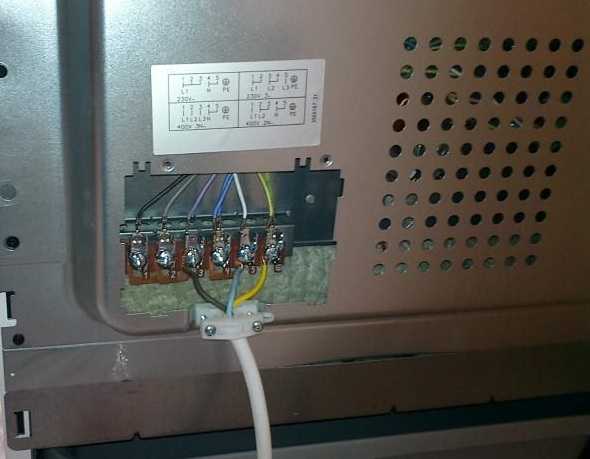
Nearby are wiring diagrams for different networks.
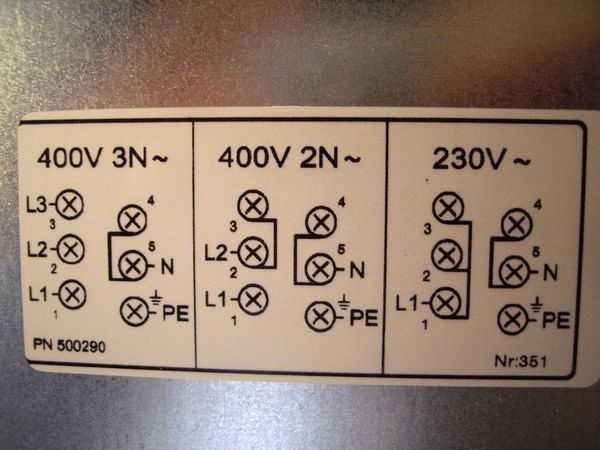
When the network is 220 V, the scheme is on the extreme right. On the stove should be connected with one jumper contacts 1,2,3 – this will be the phase (red or brown conductors), the second – contacts 4 and 5 – this is the neutral or zero (blue or blue), the sixth contact – this is the ground (green or yellow-green). Eletkroplates usually come from the store with the jumpers already installed, but it does not hurt to check.
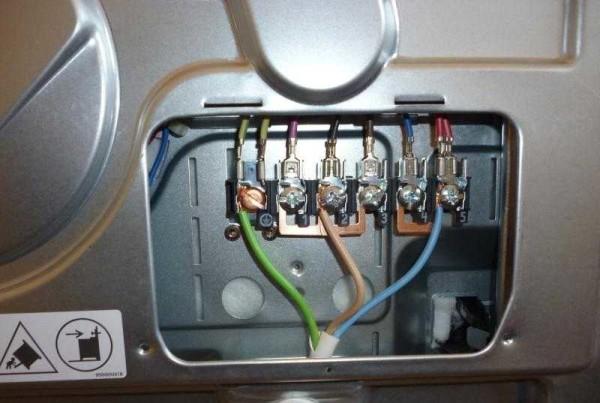
It is more correct and reliable to crimp the conductors with contact plates and then connect them. Such a connection is more reliable, but often the conductors are simply screwed around the clamping screw and then it is tightened. In any case, it is better to observe the color markings – so there is less chance of making a mistake.
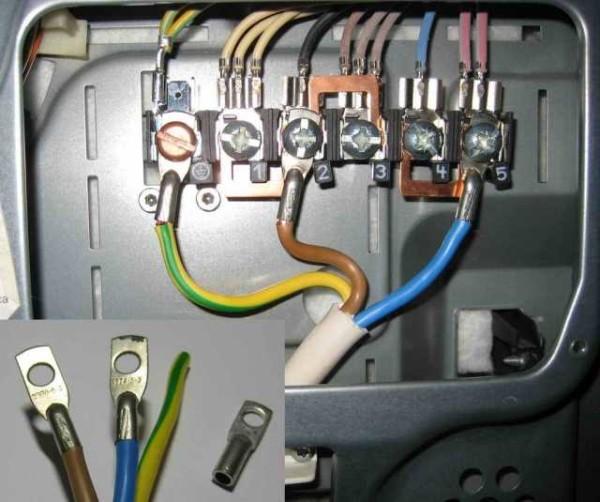
Installing the plug
Next, the plug is connected to the cable. The power plug is collapsible. Unscrew the two fixing screws, remove the cover with contacts. Also remove the fixing strip holding the cable. The protective insulation is removed from the edge of the flexible cable (about 5-6 cm), the conductors are straightened, their ends are also stripped of insulation by about 1.5-2 cm. The stripped end of the cable is inserted into the plug body.
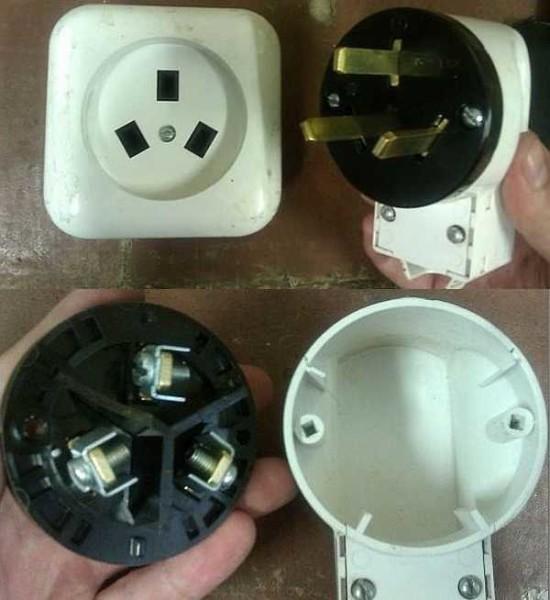
The clamping screws on the contacts are loosened, the conductors, if they are multicore, are twisted into a bundle. These harnesses are twisted around the contacts, tightened with the clamping screws.
The distribution of the conductors matters and they must be connected carefully. The upper contact of the plug is usually signed – here connect the “ground” wire (green). When connecting a socket, it is necessary to feed the “ground” to a similar connector.
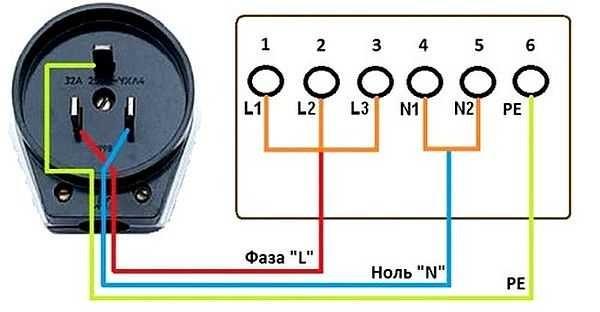
The other two contacts are “phase” and “zero”. Where to feed which of them – it does not matter, but when connecting the socket, “phase” must fall on the “phase”, “zero” – on the “zero”. Otherwise there will be a short circuit. So before turning on, be sure to check again whether the wires (phase and zero) are screwed on correctly.
How to determine the phase in the installed socket
If you have already had an electric stove before, and there is a socket, you need to find where the ground, phase and zero are located and connect the wires in the plug accordingly. To determine the easiest way to use a voltage indicator in the form of a screwdriver. It works simply – you put the indicator in the place of the supposed phase, and look at the LED embedded in the body. If it is lit, then there is voltage and it is a phase. If there is no voltage, the LED does not light up and it is zero.
The earth is even easier to determine: it is the contact at the top or bottom.
Connection to a three-phase 380 V network
In this case, buy a circuit breaker and RCD for a three-phase network, the wires should be five-core (the cross-section is determined by the same table, only the value should be looked at in the column 380 V). The plug and socket should also have five contacts.
The connection process itself will not differ, only the number of wires. The difference will be when connecting the wire to the output terminals of the electric stove. Only one jumper will be installed – on contacts 5 and 6. All others are connected by separate conductors.
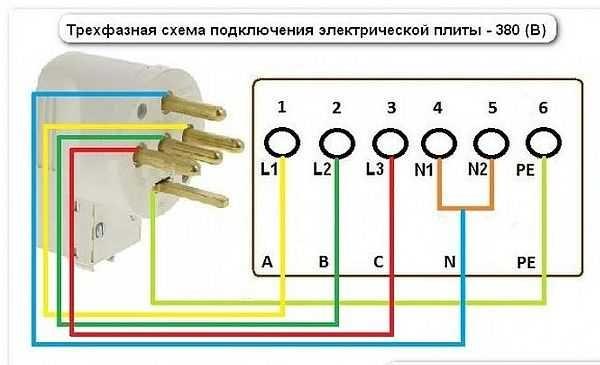
It is also necessary to monitor the position of the “ground” and “neutral” (or they say “zero”). Color correspondence of conductors on phases is not critical, but it is more convenient if they also coincide.

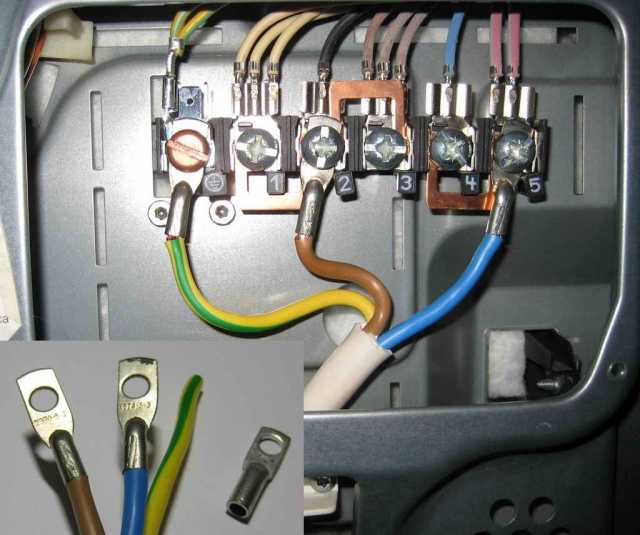
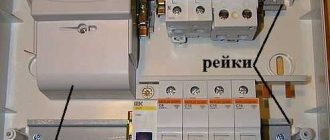
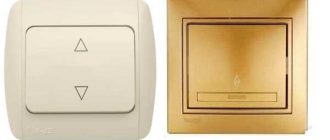
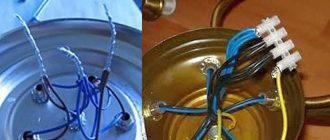
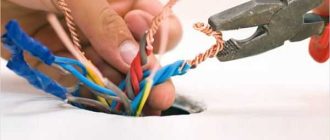
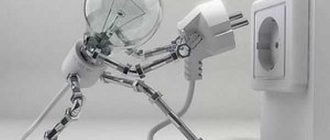
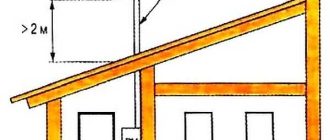
I just hooked up my electric stove to 220V, and wow, it was so straightforward! I followed a few YouTube vids, and it worked like a charm! Cooking is now a breeze. Can’t wait to whip up some amazing dishes. Who knew wiring could be this fun?!
OMG, when I wired my electric stove to 220V, I felt like a total DIY queen! It was a bit tricky, but once I got it going, I was cooking up a storm. Nothing beats the thrill of tackling a project like that! Super satisfying!